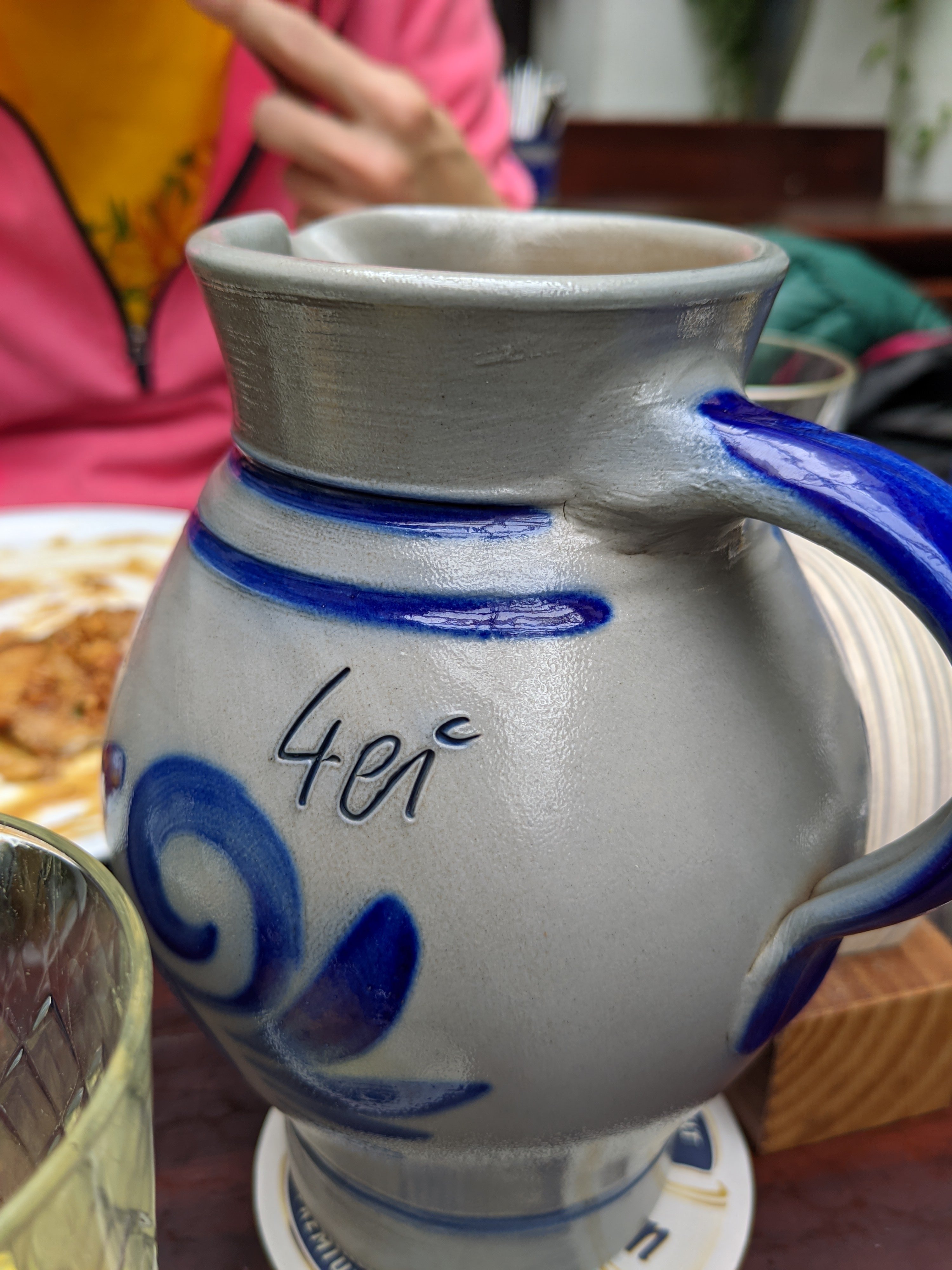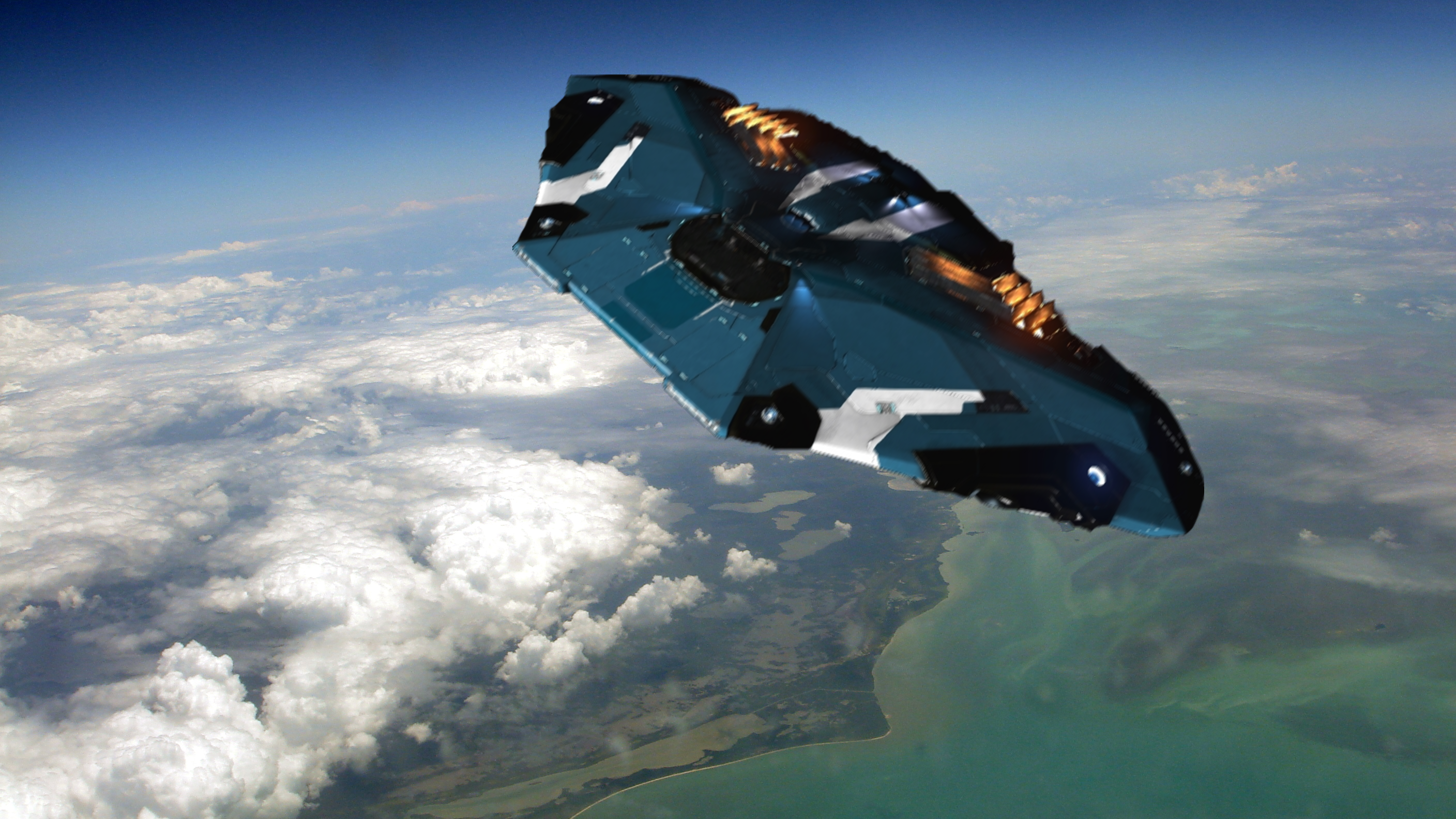There’s a reason why indigenous people called it Mississippi, a word that came from Ojibwe and Algonquin languages, which are related.
I speak my language of Ojibwe Cree in northern Ontario and it’s very clear for me to understand the word.
Mishi … is a word we use to describe something as big in size
Sipi … is the word for River, a major River, as opposed to a small creek or channel.
In my language and dialect, Mississippi literally translates to just ‘Big River’
And by the look of this map … it is definitely a ‘Big River’
Big River River. This is like in the UK when the Romans arrived and asked for the names of Rivers, they were told Avon. But that’s just the Celtic word for river. So we have 5 separate river Avons and they are all called River River.
Naming a place just once is trash. They must be given a second name or even third appellation, and in the case of Pendleton Hill, a fourth christening.
Louisiana is truly the US’s urethra. No wonder its always so stuffy
I was going to point out the OP includes the Red River which is not part of the Mississippi basin as well as a few other smaller errors. Like your post more.
This one also includes the Red River. But I agree, I like this graphic more
Thank you!
Hey Michigan, we got this great big river basin, you wanna get in on this?
Michigan: NO
Michigan has a great big lake, so the water goes there instead.
It’s absolutely insane we don’t do a shit load more shipping in this amazing river system. Thanks, Jones Act.
The tldr is that to go directly between two ports in the United States, a ship must be American built and flying American colors. The law is the result of the shipping industry’s lobbying efforts 100 years ago. Until that point, American shipping had been considered the best for several decades, and they’d rather have Uncle Sam protect them instead of doing anything to be more attractive. This is why if you get on a cruise ship, you always visit a foreign port. You can’t sail directly between Houston and New York. It also means that cargo sent within the United States can’t go by water. All cargo moving domestically moves by road, rail, or air.
The Mississippi River sees constant river boat traffic.
Those smaller, feeder rivers often aren’t big enough to support a barge.
The Jones act mostly applies to ocean shipping, in fact, I don’t think the Jones act even applies to river traffic.
To be fair, the Jones act consistently fucks over Puerto Rico, and should probably be scrapped or amended, it just doesn’t stop river traffic on rivers that can’t actually support said traffic.
https://www.marinetraffic.com/en/ais/home/centerx:-89.2/centery:29.1/zoom:4
You can see the traffic on the Mississippi, from downtown Memphis, you rarely see the river without some barges.
Indeed, a lot of grain from the breadbasket of the US flows on the barges floating down the Mississippi. Much of our food system depends on that river.
The Missouri River on the other hand does not. Despite being long, it does not see much traffic due to dams and locks in Nebraska and upstream from there. Channelsizing the Missouri has proven to be difficult to maintain too. It is said that the only reason that the Missouri River is channelized is to allow Army Corp of Engineer barges up and down the river to fight the river against the channelization. A Sisyphian task.
Also it’s cheaper to ship grain from the upper Missouri region to the Columbia Plateau and then down the Snake and Columbia on barges where it then gets loaded onto freighters in Portland, Vancouver and Longview and shipped to Asia and South America. By volume the Columbia is the second largest watershed in the US. Obviously all of the Columbia Plateau grain gets shipped down the Columbia as well, which is a lot, since it’s a major grain producing region.
The downside is crossing the Columbia Bar which is also known as the graveyard of the Pacific, but there are highly paid Columbia River pilots for that.
Glad somebody said this
The Jones Act could be repealed tomorrow and the benefits to Hawaii, Guam, Puerto Rico, US Virgin Islands, etc would be extraordinary
Doesn’t it only have those restrictions if it’s a foreign vessel? They could ship and cruise locally with American made and registered ships?
I live in St Louis, there are tons of barges taking materials up and down the river every day. It doesn’t measure up to our hay day 130 years ago but there is still a lot of shipping
I live in Portland and it’s the same here on the Columbia and the Willamette. We don’t get the giant container ships because they can’t cross the Columbia Bar, but we do get midsize grain ships headed for Asian and South American markets.
the 1800’s called…
This map is a good reminder of how insignificant international borders can be.
Interesting how it outlines texas pretty well(outside of the little square bit)
rivers are often taken as borders, especially in Europe
The Red River helps define the northern Texas border.
i guess rockies to the west and appalachia to the east means there is only one way for water shed to flow in middle north america
I imagine there’s other connections not shown near the Great Lakes since this is just showing the dominant south paths, but for the most part it does seem that the inner continent is higher north than south. Which given the geological history also makes sense, with the Canadian shield.
Isn’t this the river that basically bankrupted France and started the revolution? Because they thought it would be as good an investment as the Hudson River, but the area was way too swampy and so the bubble eventually burst.
What this says to me is that most of the US is uphill from New Orleans.
You certainly can’t go downhill from New Orleans and stay dry.
You can’t even move laterally from New Orleans and remain dry














